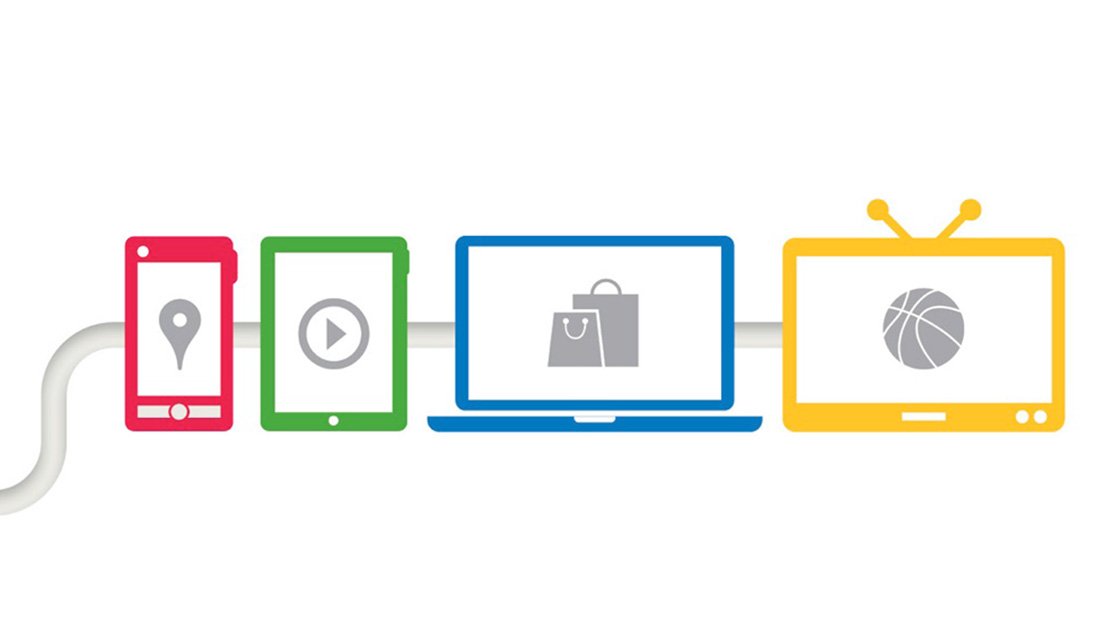There was a time when Sriram Rajamani’s 1-hour, 30-minute commute to work from north Bengaluru to the centre of the city felt like a complete waste of time. Today, multi-screen devices help him use the time advantageously. “While my driver braves the traffic, I work on my laptop with a tethered connection via my phone and use it to answer emails, schedule the day’s meetings and get work done,” says Rajamani, managing director, Microsoft Research India Lab.
With the emergence of new technologies, we are all becoming multi-screen creatures, moving from one device or screen to another for all sorts of activities in a typical day. Multi-screen behaviour has become the norm, according to a 2012 consumer insight study by Think With Google, Google’s research arm on data insights. The study suggests there are two main modes of multi-screening—sequential screening, with people moving between devices, and simultaneous screening, with them using multiple devices simultaneously.

Rajamani, a sequential screener, keeps his phone on silent mode in office and focuses on work over the laptop. He uses a Microsoft Surface Book to write, read, email, browse and code. Once he reaches home, he shuts down the laptop and uses his phone to check urgent emails. Switching between his laptop and phone minimizes distractions and enhances his productivity. “Alternating between multi-screen devices actually works well for me,” says the scientist.
Meet the multi-screen addicts
The advent of cloud computing has made it possible for people to access information across different locations and devices. This means you can access your office from wherever you are, on whatever device you may have, through whichever network is available. According to the Google study, the device we choose is often driven by our context—where we are, what we want to accomplish, and the amount of time needed.
Take, for instance, the time when Sujaya Banerjee, founder and chief executive officer (CEO) of Capstone People Consulting, a human resources consultation company, urgently needed a video she had made earlier for a meeting with top officials of a bank. She searched for it on her iPhone 7’s cloud storage, emailed it to herself, opened it on the laptop provided and added it to her presentation at the meeting. “It took just a few seconds, but it wouldn’t have been possible if I wasn’t used to working across devices,” says Banerjee.
Organizations that have embedded data and technology in everything they do, encourage the use of multi-screens at work.
Sanjay Sethi, chief executive officer and co-founder of ShopClues, an e-commerce platform, switches seamlessly between his iPhone 7 and MacBook Pro and keeps both in sync. “I run a digital company so a lot of work happens through smart devices, and we encourage those within the company,” he says.
Another tech start-up founder, Rahul Mehra, works similarly, alternating between his Samsung Galaxy S8, iPad 2 and Macbook Pro. “Any information I require is just a quick search away on any device and can be synced, updated and shared in real time,” says Sethi, adding that he encourages his team to get hands-on experience of new tech, use multiple devices and do everything digitally, including maintaining attendance.
Read the complete article on livemint.com

